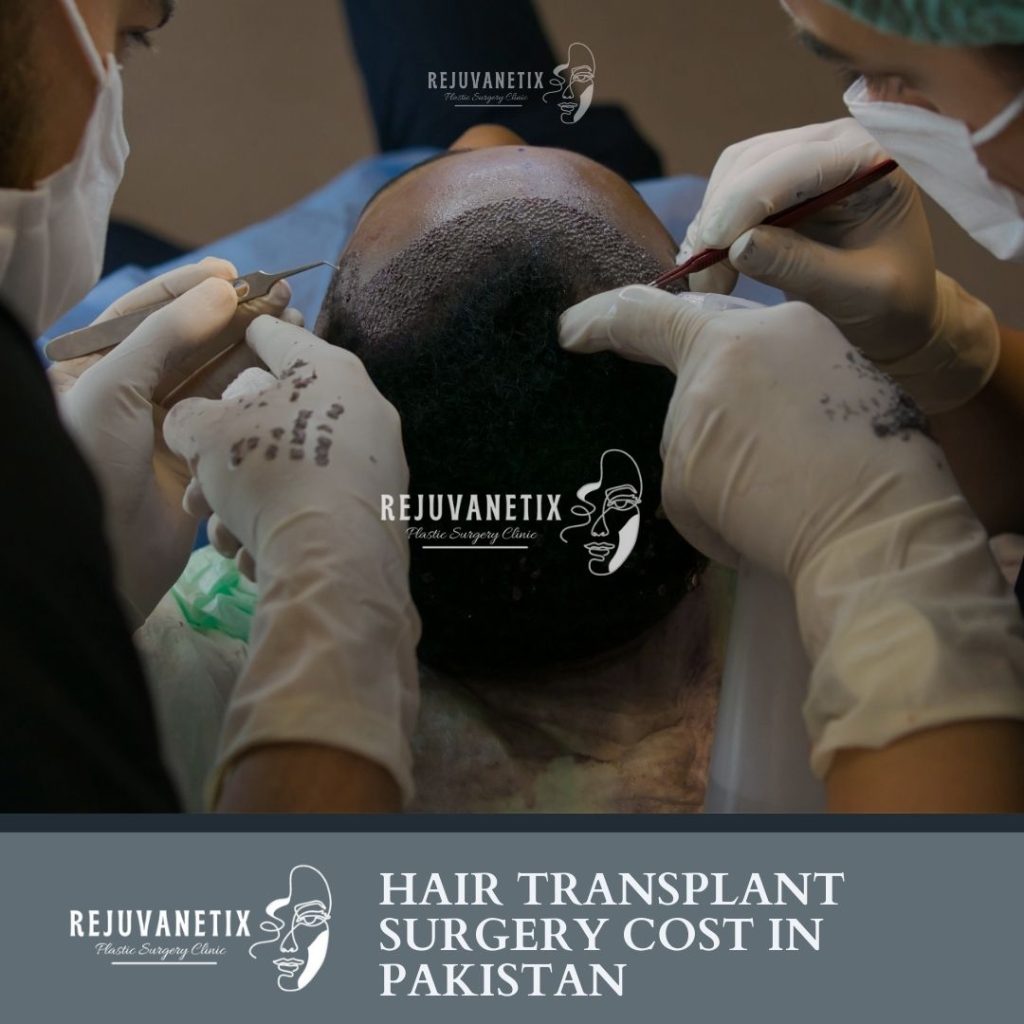Hair Transplants Before and After
Hair Transplants Before and After: A Transformative Journey
Hair loss is a common issue that affects millions of people worldwide. It can be a devastating experience, leading to low self-esteem and social anxiety. However, with advances in medical technology, hair transplants have become a viable solution for restoring lost hair and regaining confidence.
What is a Hair Transplant?
A hair transplant is a surgical procedure that involves transferring individual hair follicles from a donor area to a bald or thinning area of the scalp. The donor area is typically the back or sides of the head, where hair is denser and more resistant to balding.
Types of Hair Transplant Techniques
There are two main types of hair transplant techniques:
- Follicular Unit Excision (FUE): FUE is a minimally invasive procedure that involves extracting individual hair follicles from the donor area using a tiny punch tool. The extracted grafts are then transplanted to the thinning area of the scalp.
- Follicular Unit Transplantation (FUT): FUT is a more traditional hair transplant technique that involves removing a strip of skin from the donor area. The ribbon is then dissected into individual hair follicles, which are transplanted to the thinning area of the scalp.
Factors that Determine the Success of Hair Transplants Before and After
The success of a hair transplant depends on a number of factors, including:
- The skill and experience of the surgeon
- The patient’s overall health and medical history
- The type of hair transplant technique used
- The patient’s adherence to post-operative care instructions
The Pre-Transplant Phase – Hair Transplants Before and After
Before undergoing a hair transplant, it is important to have a thorough consultation with a qualified surgeon. During the consultation, the surgeon will assess the patient’s hair loss pattern, scalp health, and overall health. The surgeon will also discuss the patient’s expectations and recommend the most suitable hair transplant technique.
In the weeks leading up to the surgery, the patient will need to undergo a number of assessments and tests, such as blood tests and scalp biopsies. The patient must also avoid certain medications and supplements that could interfere with the healing process.
The Procedure and Immediate Aftermath
Hair transplant surgery is typically performed under local anesthesia. The surgeon will begin by extracting the hair follicles from the donor area. Once the grafts have been extracted, they are transplanted to the thinning area of the scalp.
A typical hair transplant surgery can take anywhere from 4 to 8 hours.
After the surgery, the patient will experience some scalp swelling and redness. This is normal and should subside within a few days. The patient will also need to wear a bandage on their scalp for the first few days.
The Exciting Transformation – Hair Transplants Before and After
Hair transplant results can take several months to become fully visible. However, most patients start to notice new hair growth within a few weeks of the surgery.
Post-Transplant Care and Maintenance
It is essential to follow the surgeon’s post-operative care instructions carefully to ensure optimal results. This includes:
- Gently wash the scalp and transplanted hair with a mild shampoo
- Avoiding scratching or rubbing the scalp
- Avoiding direct sun exposure to the scalp
Patients should also maintain a healthy lifestyle by eating a balanced diet, exercising regularly, and getting enough sleep. This will help to promote hair growth and prolong the lifespan of the transplanted hair.



